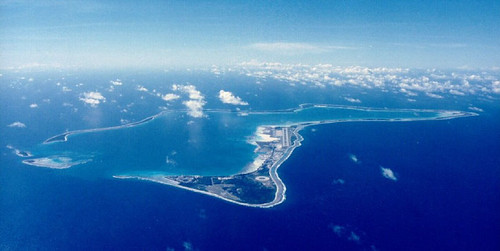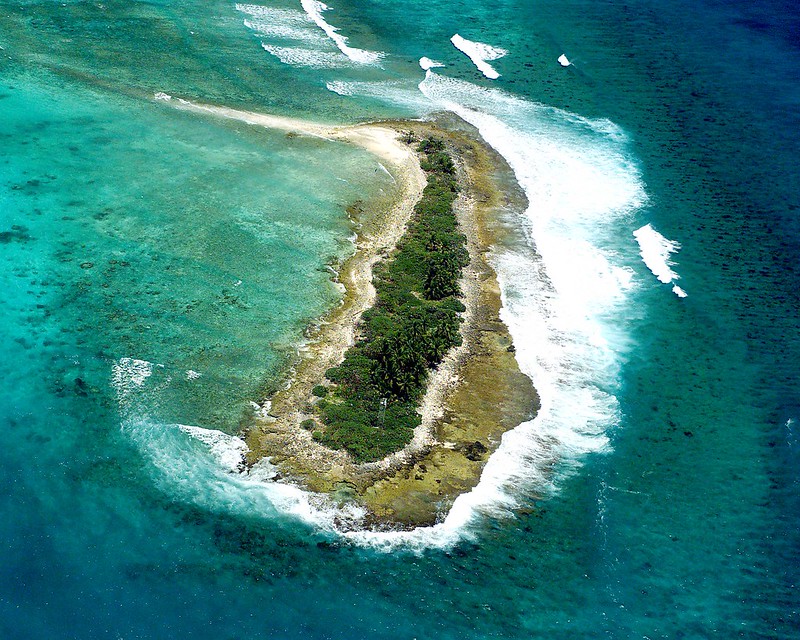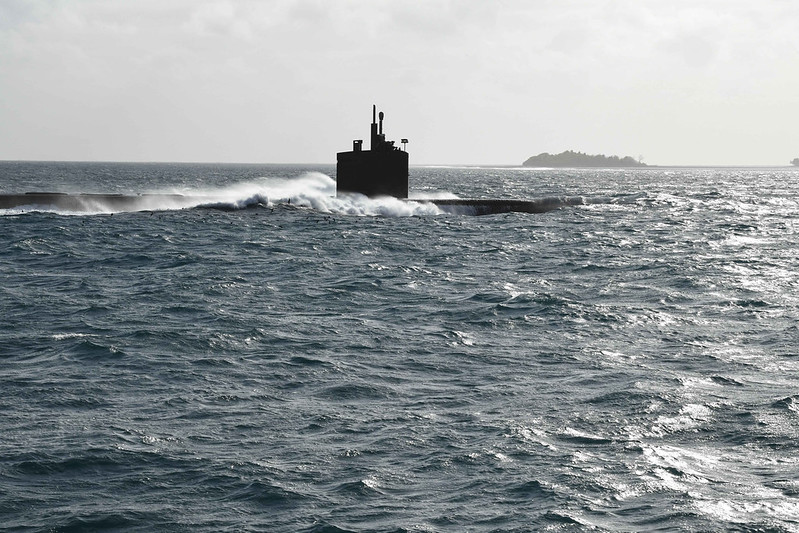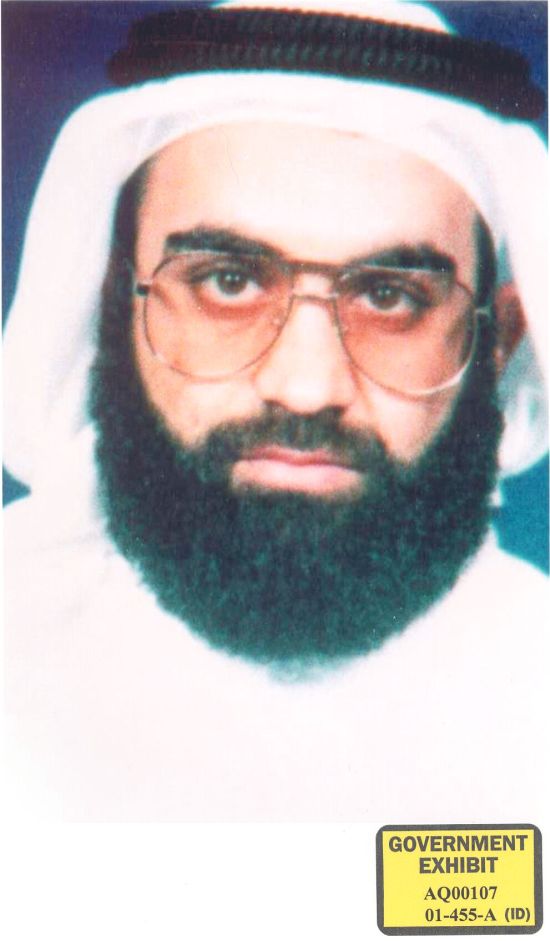Podcast Link https://anchor.fm/john-thiongo/episodes/Diego-Garcia-A-quest-for-Justice-e242v33
- The Chagos Archipelago is located in the deep Indian Ocean, approximately 500 km south of the Maldives archipelago.
- The archipelago consists of seven atolls comprising over 60 islands.
- The French established coconut plantations in the Chagos Archipelago in the 18th century, and it became part of the British Indian Ocean Territory in 1965 after being ceded to the British in the early 19th century.
- Between 1967 and 1973, the British government forcibly removed the Chagossians, the indigenous population, from the islands to make way for a joint UK-US military base on Diego Garcia.
- The forced removal of the Chagossians remains a controversial issue, as does the sovereignty of the archipelago, which is disputed between Mauritius and the United Kingdom.
- The United Nations General Assembly passed a resolution calling for the United Kingdom to end its occupation of the archipelago, and the Chagossians continue their legal challenges for their right to return to their ancestral homeland.
Geographical location and size of the archipelago
Located between 5 and 10 degrees south of the equator, is the Chagos Archipelago. The archipelago comprises seven atolls – Peros Banhos, Salomon Islands, Nelsons Island, Three Brothers, Eagle Islands, Danger Island, and the largest atoll, Diego Garcia – that are spread over approximately 640,000 square kilometers of ocean, making it one of the largest marine protected areas in the world. The islands themselves are composed mainly of coral and are low-lying, with the highest point on Diego Garcia reaching just 22 meters above sea level. Despite their small size and isolated location, the Chagos Archipelago is home to a variety of unique flora and fauna, including sea turtles, coconut crabs, and several species of coral. The natural beauty of these islands is awe-inspiring, and it’s no wonder that they have captured the imagination of scientists, environmentalists, and nature lovers around the world.

An aerial overview of Diego Garcia: “Diego Garcia – Landing Approach” by Serendigity is marked with Public Domain Mark 1.0. To view the terms, visit https://creativecommons.org/publicdomain/mark/1.0/?ref=openverse.
The Chagos Archipelago was once home to a small but vibrant community of people known as the Chagossians. These indigenous people had lived on the islands for generations, building their homes, fishing, and farming. However, in the 1960s and 70s, the British government forcibly removed the Chagossians from their homes to make way for a joint UK-US military base on Diego Garcia, the largest island in the archipelago. The forced removal was a traumatic experience for the Chagossians, who were given only a few hours’ notice to leave their homes and were forced to leave behind their possessions and way of life. They were shipped off to Mauritius and the Seychelles, where they were left to fend for themselves with little support from the British government. Many Chagossians still harbor deep resentment towards the British government for the way they were treated and for the loss of their ancestral homeland. Despite numerous legal challenges and campaigns for their right to return, the Chagossians have yet to be allowed to return to the islands they once called home.

Plantation buildings used by the evicted former occupants of Diego Garcia : Steve Swayne from Maleny, Australia, CC BY-SA 2.0 https://creativecommons.org/licenses/by-sa/2.0, via Wikimedia Commons

“West Island, part of Diego Garcia group” by Foreign, Commonwealth & Development Office is licensed under CC BY 2.0. To view a copy of this license, visit https://creativecommons.org/licenses/by/2.0/?ref=openverse.
The Chagos Archipelago’s sovereignty has been the subject of a long-standing dispute between Mauritius and the United Kingdom. Mauritius was a former British colony and was given control over the Chagos Archipelago by the British government in 1965, shortly before the forced removal of the Chagossians. However, in 1966, the UK signed an agreement with the United States to establish a military base on Diego Garcia, the largest island in the archipelago. In order to make way for the base, the Chagossians were forcibly removed from their homes, and Mauritius claims that the UK’s decision to separate the Chagos Archipelago from Mauritius was a violation of international law.
In 2019, the International Court of Justice issued an advisory opinion stating that the UK’s separation of the Chagos Archipelago from Mauritius was illegal, and that the UK should end its administration of the archipelago as soon as possible. Despite this ruling, the UK has not yet relinquished control of the archipelago, and the issue remains a point of contention between the two countries. Additionally, the Chagossians have also fought legal battles for the right to return to their ancestral homeland, but these efforts have largely been unsuccessful. The legal disputes over the archipelago’s sovereignty are complex and ongoing, and their resolution is yet to be seen.
Why are these small islands important?
The Chagos Archipelago holds significant strategic importance to both the United States and the United Kingdom. In the 1960s, the UK granted the United States permission to establish a military base on Diego Garcia, the largest island in the archipelago. The base has since played a crucial role in US military operations in the Middle East, including during the Gulf War, the War in Afghanistan, and the Iraq War. The base’s location in the Indian Ocean provides easy access to key areas in the Middle East, Africa, and Asia, making it a valuable asset for the US military.
For the UK, the Chagos Archipelago is also strategically important due to its location in the Indian Ocean, which is a key shipping route for trade between Europe, Asia, and the Middle East. The UK’s military presence in the archipelago also allows it to project its power and influence in the region. Additionally, the UK has established a marine protected area around the archipelago, which is the largest in the world and plays a crucial role in protecting the ocean’s biodiversity.
The strategic importance of the Chagos Archipelago to the US and UK has made it a highly contested territory, with legal disputes and political tensions surrounding its sovereignty and control. While the archipelago’s natural beauty and unique ecology are important, its military and strategic significance cannot be ignored in the ongoing discussions surrounding its future.
Military base establishment
In 1966, the United States and the United Kingdom signed an agreement to establish a military base on Diego Garcia, the largest island in the Chagos Archipelago. The base was intended to provide a strategic location for the US military to support its operations in the Middle East, Southeast Asia, and the Indian Ocean region. The US began construction of the base in the late 1960s, with workers and equipment being transported to the island from Mauritius and Seychelles.

“USS Greenville (SSN 772) enters Diego Garcia’s harbor.” by Official U.S. Navy Imagery is licensed under CC BY 2.0. To view a copy of this license, visit https://creativecommons.org/licenses/by/2.0/?ref=openverse.
The construction of the military base on Diego Garcia required the removal of the Chagossian people from their homes on the island. The US and UK governments claimed that the Chagossians were a hindrance to the establishment of the base, and forcibly removed them from the island between 1967 and 1973. The Chagossians were not given the option to return to the island and were instead resettled in Mauritius and Seychelles.
Today, the military base on Diego Garcia is one of the most important US military installations outside of the United States. The base has been used to support US military operations in the Gulf War, War in Afghanistan, and Iraq War, and is a key component of US military strategy in the Middle East and Asia. Despite the controversy surrounding the base’s establishment and the forced removal of the Chagossians, the US and UK continue to maintain control over the archipelago and the military base on Diego Garcia.
Military activities that have occurred on the island
The military base on Diego Garcia has been used by the US for a variety of military activities, including aerial surveillance, refueling of military aircraft, and as a logistics hub for US military operations in the Middle East and Asia. In addition to these activities, the base has also been used for the detention and interrogation of terrorism suspects.
After the September 11, 2001 attacks, the US government established a network of secret detention centers around the world, known as “black sites”, where terrorism suspects could be interrogated without access to legal representation or the protections afforded by international law. One of the “high-value” detainees believed to have been held at the site include Khalid Sheikh Mohammed. He is believed to be one of the key architects of the 9/11 attacks. Diego Garcia was one of the locations where these black sites were established, and it is believed that several high-profile terrorism suspects were held and interrogated on the island.

Khalid Sheikh Mohammed Prime suspect of the 9/11 attacks: By ChuckHolton is licensed under CC BY-NC-SA 2.0. To view a copy of this license, visit https://creativecommons.org/licenses/by-nc-sa/2.0/?ref=openverse.
The US government has been criticized for its use of black sites and the treatment of detainees in these facilities. The use of Diego Garcia as a black site has also been the subject of legal challenges and political controversy, with some arguing that the UK government was complicit in the US government’s actions by allowing the base to be used for these purposes.
In recent years, the US government has stated that it no longer operates any black sites and that the detention and interrogation of terrorism suspects is now conducted in accordance with international law. However, the controversy surrounding the use of Diego Garcia as a black site continues to raise questions about the ethical and legal implications of the US government’s actions in the fight against terrorism. What is more worrying are some of the counter effects of this illegal occupation such as the indian occupation of Agalega.
Indian military occupation of Agalega: is it inspired by the U.S. activity at Chagos?
Agalega is a small archipelago located in the Indian Ocean, approximately 1,100 km north of Mauritius. The archipelago is made up of two main islands, North Agalega and South Agalega, and several smaller islets. The islands are situated on a coral atoll and have a combined land area of approximately 2,600 acres.
North Agalega is the larger of the two islands, with a length of approximately 12 km and a maximum width of 1.5 km. South Agalega is smaller, with a length of approximately 6 km and a maximum width of 1 km. Both islands are relatively flat and are covered in dense vegetation, including coconut trees and mangroves. The surrounding waters are home to a variety of marine life, including coral reefs, fish, and sea turtles.
The archipelago has a small population of approximately 300 people, who are primarily engaged in fishing and agriculture. The islands have limited infrastructure and are largely dependent on imports from Mauritius for basic goods and services. The Indian government has been involved in developing infrastructure on the islands, including the construction of an airstrip and the expansion of the island’s port facilities. The strategic location of Agalega in the Indian Ocean has also made it an important site for military activities and surveillance.
In recent years, the Indian government has been expanding its presence in the Indian Ocean region, and as part of this strategy, it has been investing in the development of its military infrastructure on the island of Agalega. The Indian government has been working to establish a naval base on the island, which will serve as a key location for surveillance and military activities in the region.
In order to facilitate the establishment of the naval base, the Indian government has been occupying the island and has been working to develop its infrastructure. This has included the construction of a new airstrip, the expansion of the island’s port facilities, and the installation of radar and other surveillance equipment.
The establishment of the naval base on Agalega has been met with some controversy, particularly from local residents who have expressed concerns about the impact of the military activities on their way of life. Some have also raised concerns about the potential environmental impact of the development on the island’s delicate ecosystem, including its coral reefs and marine life.
The Indian government has stated that the development of the naval base on Agalega is aimed at improving its ability to respond to security threats in the region and to strengthen its strategic presence in the Indian Ocean. However, the establishment of the base has also raised questions about the broader geopolitical implications of India’s expanding military presence in the region, particularly in light of increasing tensions between India and China in the Indian Ocean.
Why Algalega
Agalega is strategically located in the Indian Ocean, making it an important location for military and surveillance activities. The archipelago is situated approximately 1,100 km north of Mauritius and is located along major shipping lanes in the Indian Ocean. As such, it provides India with a key location from which to monitor and secure its interests in the region.
In recent years, India has been increasing its presence in the Indian Ocean as part of its broader strategy to strengthen its strategic position in the region. The establishment of a naval base on Agalega is a key part of this strategy, as it allows India to improve its ability to monitor and respond to security threats in the region.
The strategic location of Agalega also makes it an important location for India’s efforts to counter China’s expanding presence in the Indian Ocean. India and China have been engaged in a competition for influence in the region, and India’s establishment of a naval base on Agalega is seen as a way to counter China’s growing presence in the region.
In addition to its strategic importance, Agalega is also home to valuable natural resources, including fisheries and potential reserves of oil and gas. The development of these resources could provide India with an important source of economic and strategic advantage in the region.
Conclusion
The issue of military occupation is undoubtedly a critical issue that demands attention and resolution from the international community. The Chagos Archipelago and its indigenous people, the Chagossians, have been subjected to displacement, human rights violations, and a loss of voice as a result of the ongoing occupation by a large military superpower. Despite the efforts of the Chagossians to fight for their right to return to their ancestral homeland, their voices have largely gone unheard, leaving them in a state of limbo and uncertainty.
Moreover, the situation can be described as a form of colonialism, where a powerful state has taken control of a territory and imposed its authority on the local population. The displacement of the Chagossians from their homeland to make way for a military base is a clear example of this, where the interests of a colonial power were given priority over the rights of the indigenous people.
The consequences of the forced displacement have been devastating for the Chagossians, who have been uprooted from their homes and separated from their communities. Many of them have been forced to live in a deplorable state in Mauritius, struggling to make a living and support their families. The impact of the occupation has not only affected the Chagossians but has also raised concerns about the sovereignty of the archipelago, which is still disputed between Mauritius and the United Kingdom.
It is crucial that the international community takes action to address the issue of military occupation and colonialism in the Chagos Archipelago. The Chagossians must be given a voice and their rights to their ancestral homeland respected, while the sovereignty of the archipelago should be determined through a fair and transparent process. It is only through a concerted effort by the global community that the Chagossians can hope to reclaim their dignity and restore justice to their lives.